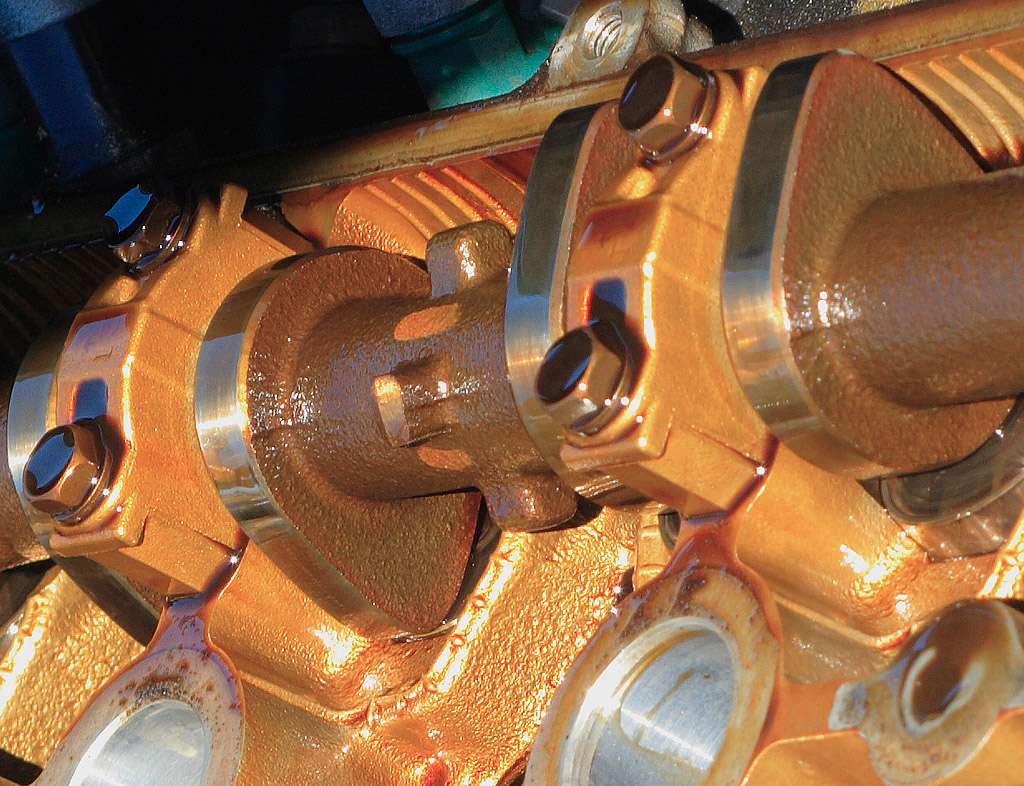The second paper posted is particularly interesting.
"The authors report, for the first time, a comprehensive chemical and mechanical characterisation of antiwear films prepared from a fully formulated oil that is commercially available."
"Ca phosphates, ZnS and MoS2 are the main P and S species formed, contrary to previous studies involving only ZDDPs, whereby Zn phosphates are the dominant species."
"The implications of this study are that ZDDP does not
act fully as an antiwear agent in FF oil (in the form of Zn
phosphate), and possibly only facilitates the initialisation
of film formation. Once the onset of film formation occurs,
a ZnS and Ca phosphate film grow based on availability of
cations present and in agreement with the chemical
hardness predictions."
All the different additives form the film.
Originally Posted By: MolaKule
Here is a QOD from '04 that might help:
Lacquer and Varnish
If varnish is fuel derived, what fuel component causes it? Is this fuel component absent in diesel or is it due to different conditions inside the engine?








